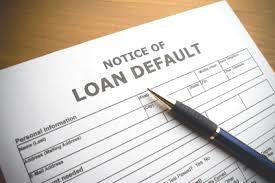
Despite longstanding concerns about the potential loss of federal student aid over high default rates, only 21 schools — the vast majority of them beauty and barber schools — ended up facing sanctions for having default rates of 30 percent or greater for three straight years, or 40 percent or higher for the last year, or both.
Those schools will lose eligibility for participation in for the federal student aid programs unless they submit successful appeals, the department said.
The Institute on College Access and Success (TICAS) commended the department for its pursuit of sanctions against schools with high student loan default rates.
“The threat of CDR sanctions is intended to provide colleges with a powerful incentive to help keep students out of default, and the sanctions themselves protect students and taxpayers from investing in colleges that leave too many students with debt they can’t repay,” said Debbie Cochrane, research director at TICAS.
A number of schools — including HBCUs — were spared from sanctions due to a last-minute “adjustment” that removed “certain borrowers who defaulted on a loan” but who had been making payments or arrangements on other federal loans. Department officials said only 400 borrowers out of 4.7 million were involved but declined to say how many schools the adjustment impacted.
While the percentage of defaults dropped across all sectors, the biggest decreases were in the for-profit and private non-profit college sectors, which saw their three-year rates drop from 21.8 percent to 19.1 percent and from 8.2 to 7.2 percent, respectively.















